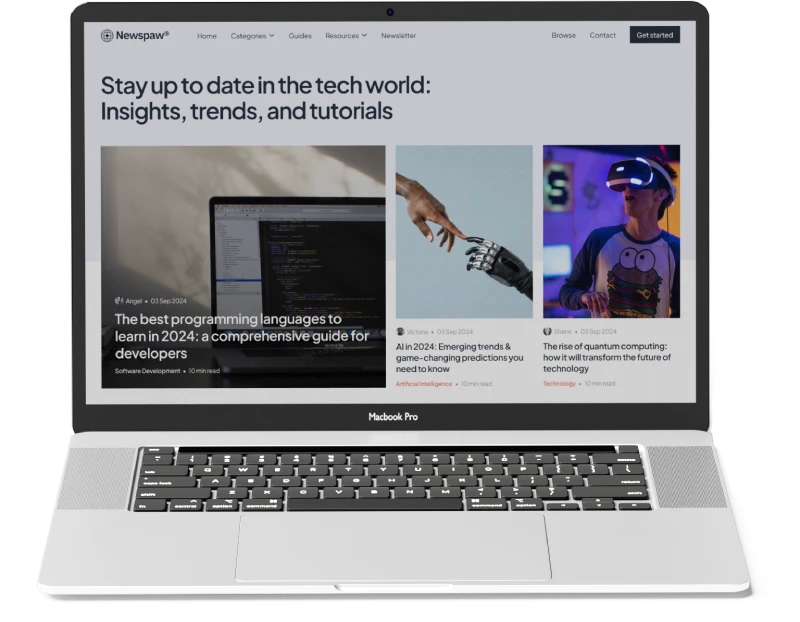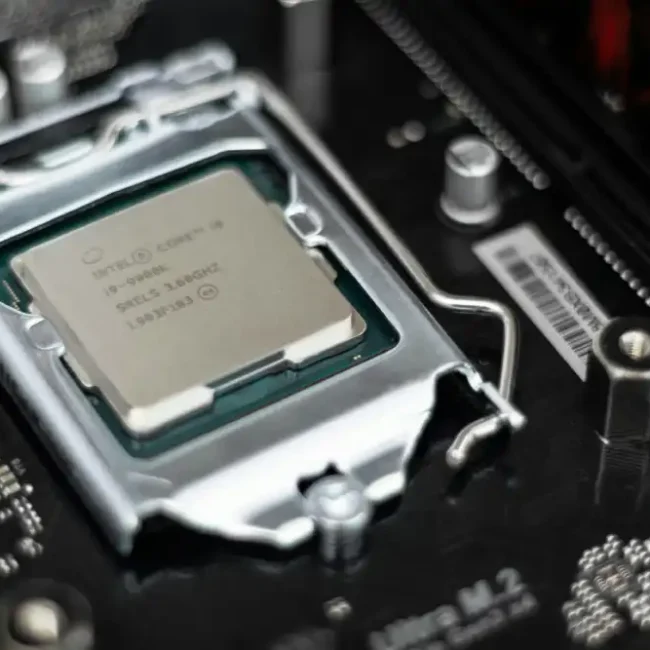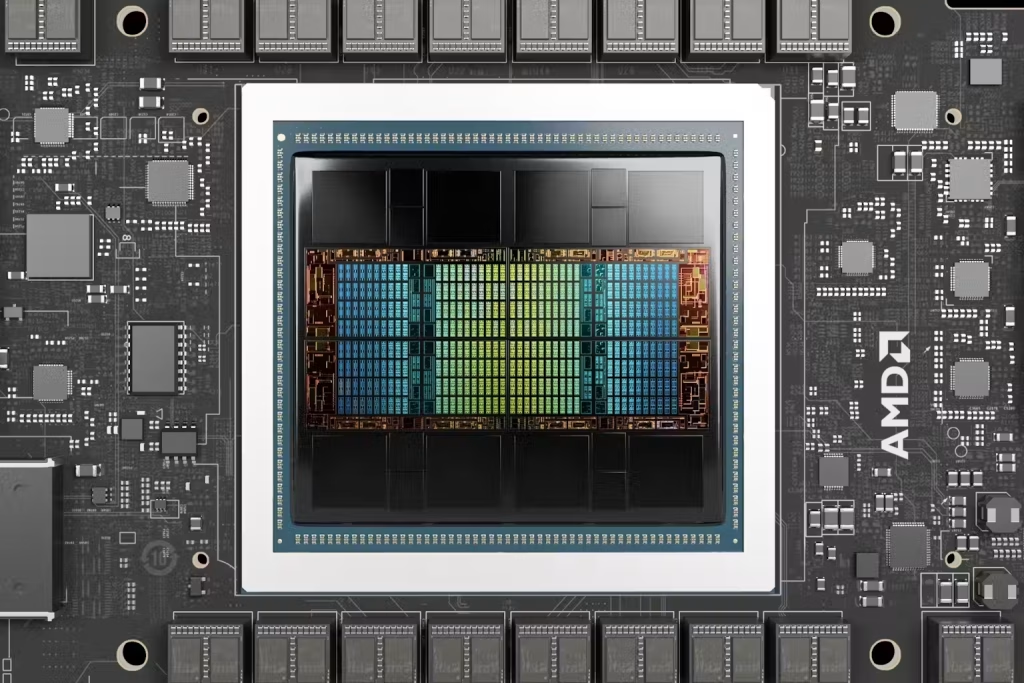September 1, 2025 — New York
Runway, widely recognized for its AI-driven video and image generation tools, is strategically expanding into the robotics and autonomous vehicle sectors. This pivot leverages the company’s advanced world models, pushing Runway beyond creative industries into high-stakes, high-value domains.
What’s Driving the Shift?
- World Simulation Beyond Creativity
Runway’s video-generating models like Gen-4 and its advanced editing tool Runway Aleph have evolved to create realistic simulations of the physical world. These are not just visual assets—they can emulate environmental physics and dynamics, making them a strong match for training robotics systems—a capability that has attracted serious interest from robotics and self-driving car companies. - Scalable Training via Simulation
Training a robot or autonomous vehicle in real-world scenarios is costly, time-consuming, and often dangerous. Runway’s simulated environments allow companies to test how robotic systems respond to narrowly defined variables—everything from slight steering tweaks to environmental randomness—without changing other contextual factors. This lets developers run controlled “what-if” scenarios effortlessly and at scale. - Fine-Tuning, Not Rebuilding
Rather than launching separate models tailored for robotics, Runway plans to fine-tune its existing AI world models to meet the requirements of robotics clients. To support this expansion, the company is also assembling a dedicated robotics team.
Strategic Alignment with Investors
Though robotics wasn’t part of the initial pitch to investors—including Nvidia, Google, and General Atlantic—Runway’s board has embraced the new use cases. The company has raised over $500 million at a valuation around $3 billion, underscoring investor confidence in its simulation-driven growth trajectory.
Vision: Simulation as a Universal Tool
Runway operates on a foundational belief: create powerful simulations of the real world, and a wide variety of industries—beyond entertainment—will find value. The most compelling expression comes from co-founder and CTO Anastasis Germanidis: once you have realistic world models, the same core technology becomes relevant to increasingly diverse markets.
Summary Table
| Component | Details |
|---|---|
| Core Strength | Realistic world models that simulate physics and environments |
| Target Market Shift | From creative industries to robotics and autonomous vehicles |
| Advantage | Enables scalable, controlled training for machines with low cost |
| Model Strategy | Fine-tuning existing models instead of building new ones |
| Investor Position | Key backers supportive of robotic expansion despite not being in original thesis |
| Future Vision | Simulation as a foundational tool across multiple verticals |





